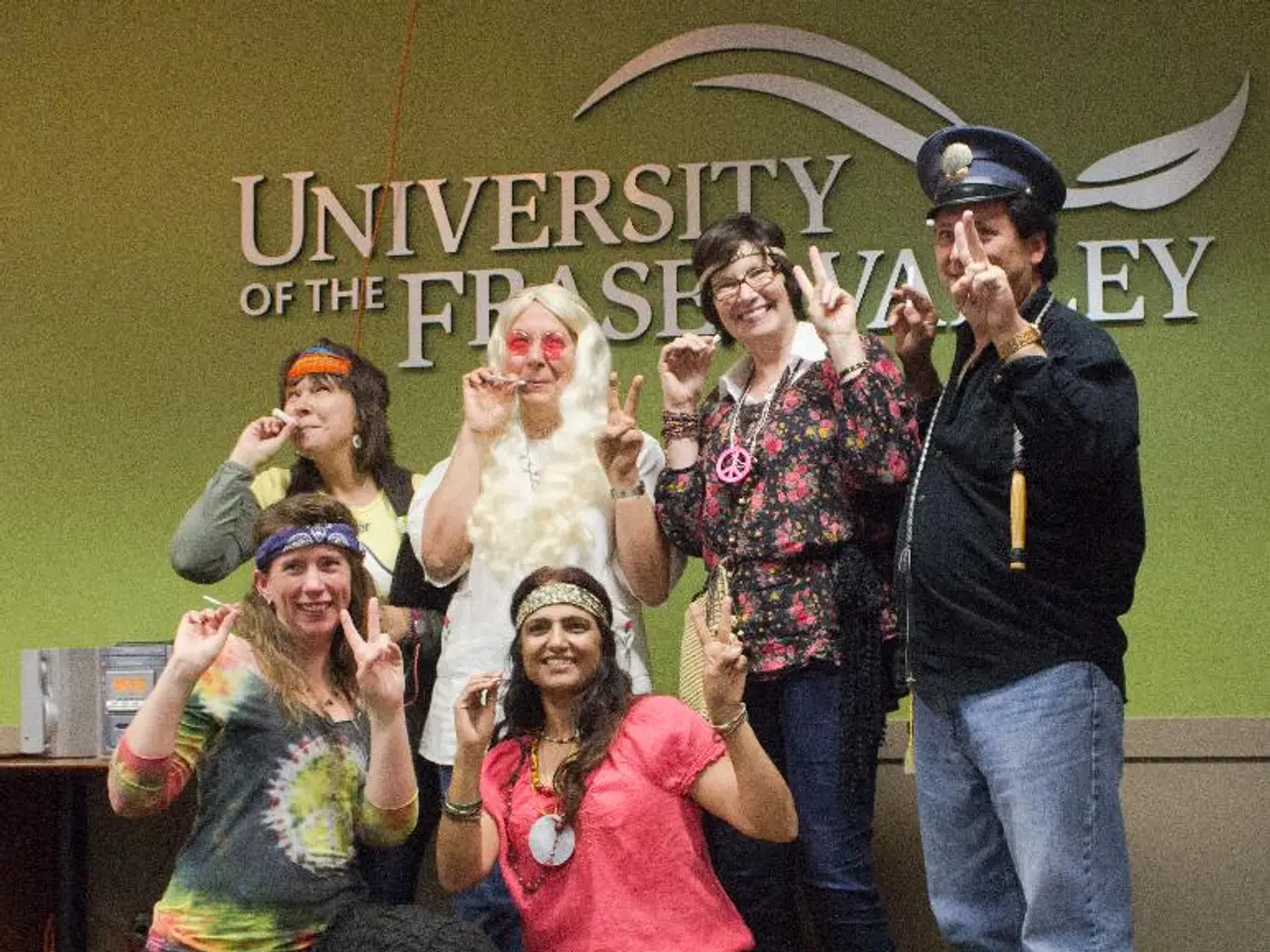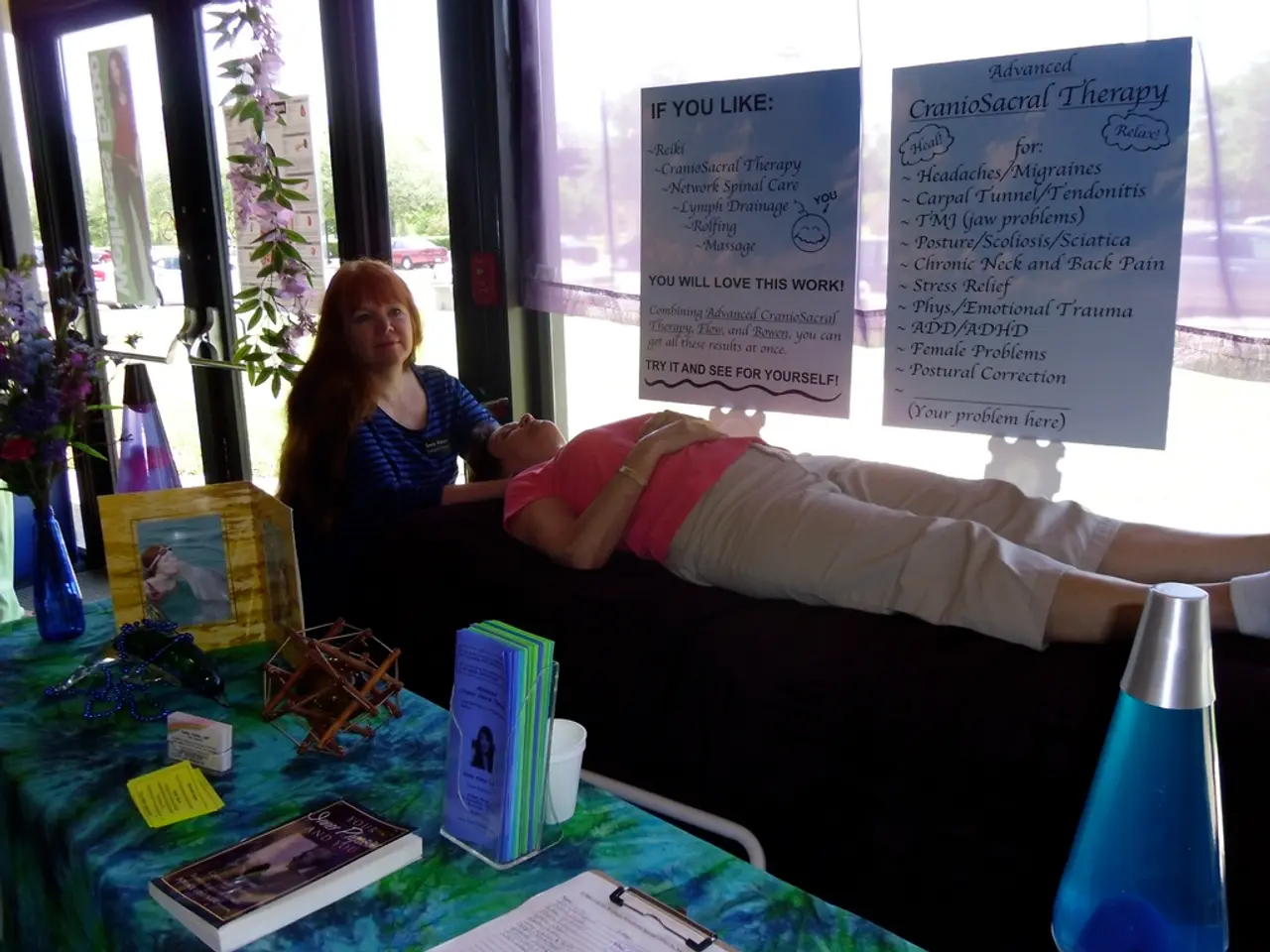Swimming pools in Bremen: Their Accessibility Levels Explored
Bremen's public pools offer some level of wheelchair accessibility, with wheelchair-accessible entrances and parking facilities. However, detailed information about the specific features tailored for wheelchair users in Bremen's public pools is somewhat limited.
From general accessibility standards seen in similar facilities, key accommodations likely include ramps, elevator access, and accessible restrooms near the pools. Yet, common challenges persist for wheelchair users visiting pools, such as the lack of pool lifts or sloped entries, limited staff training in assisting disabled swimmers, inadequate accessible changing rooms or shower facilities, and the need for improved signage and pathways.
To make visits easier and more inclusive, Bremen’s public pools would benefit from installing or enhancing pool lifts or zero-entry pools, ensuring all restrooms and changing areas meet accessibility standards, providing staff training focused on disability awareness and swimmer assistance, creating dedicated parking and drop-off zones close to entrances, and incorporating feedback from wheelchair users to address specific barriers.
Bremen pools' website claims they strive to make their facilities barrier-free, but more precise and up-to-date information on Bremen pools’ current accessibility features and planned improvements may require direct inquiry with the city’s sports or public facility departments or disability advocacy groups.
Recent testing by Bjarne Jürgens, a student from Bremen who is visually impaired and suffers from spasticity, revealed both the Schlossparkbad and the Stadionbad have areas that cater to wheelchair users. The Schlossparkbad, for instance, has an electric lift that Bjarne can operate himself, a barrier-free shower and WC with a shower seat and multiple handles and grab bars, and a recently renovated wide cash area that allows easy access to the water.
However, the Stadionbad has some accessibility improvements in the works, but there is still work to be done. The terrain at the Stadionbad has many steps, which restricts Bjarne's mobility in his wheelchair. The electronic lift at the Stadionbad is a step in the right direction, but the changing rooms lack grab bars, posing a problem for Bjarne's mother due to the risk of falling.
Bjarne Jürgens and his family often find visiting a swimming pool a challenge due to accessibility issues. Despite these challenges, Bjarne appreciates the absence of tactile strips on the floor at the Schlossparkbad, which would aid visually impaired and blind individuals in better orienting themselves.
In conclusion, while Bremen's public pools are making efforts to improve accessibility, there is still room for growth. By addressing the challenges faced by wheelchair users, Bremen's public pools can become more inclusive and welcoming for all.
Science and health-and-wellness initiatives should consider examining the accessibility of Bremen's public pools, focusing on fitness-and-exercise facilities for individuals using wheelchairs. Enhancements such as installing or upgrading pool lifts, providing staff training in disability awareness, ensuring all changing areas adhere to accessibility standards, and offering clear signage and pathways can greatly improve the fitness-and-exercise experience for wheelchair users. Additionally, health researchers could investigate the unique health benefits that swimming and aquatic exercise can offer individuals with disabilities, enabling the development of targeted fitness programs tailored to their needs.




